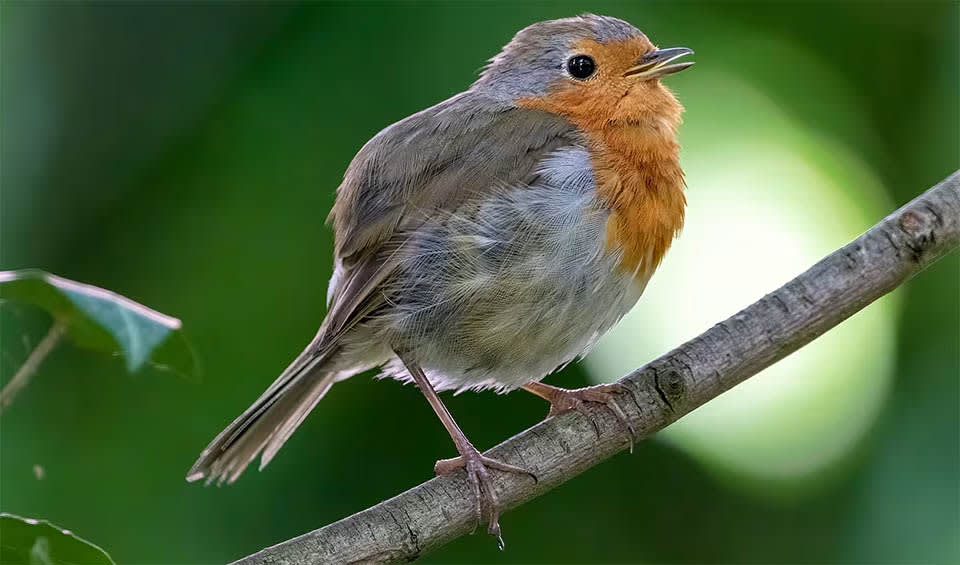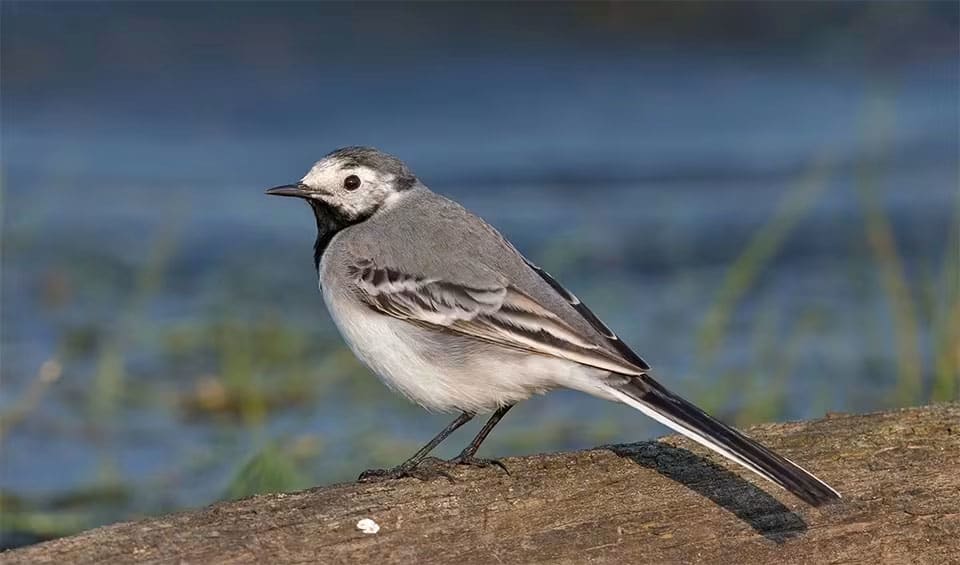Motacilla – Wagtails
In some folklore, they are considered harbingers of good fortune
A diverse group of small to medium-sized birds characterized by their long tails and slender bodies. These avian wonders inhabit a wide range of habitats, including grasslands, wetlands, forests, and even urban areas, demonstrating their remarkable adaptability to various environmental conditions.
As insectivores, wagtails play a vital role in ecosystem balance by preying on insects and other small invertebrates. Their diet consists primarily of insects such as flies, beetles, and ants, which they capture with swift and agile movements. Wagtails are adept hunters, utilizing their sharp bills and keen eyesight to locate and capture their prey with precision.
One of the most distinctive features of wagtails is their tail-wagging behavior, from which they derive their common name. When perched or walking, wagtails often wag their tails up and down in a distinctive pattern. This behavior serves as a form of communication, allowing wagtails to convey messages to other members of their species. Additionally, tail-wagging may aid in balance and coordination, especially when navigating uneven terrain or in windy conditions.
Many wagtail species are migratory, embarking on extensive journeys between their breeding and wintering grounds. These migratory patterns can cover vast distances, with some species traveling across continents except for Antarctica. Migration plays a crucial role in the life cycle of wagtails, allowing them to access seasonal resources and breeding grounds while avoiding harsh weather conditions in their wintering areas.
In addition to their migratory behavior, wagtails exhibit a wide range of adaptations and behaviors that contribute to their success in diverse habitats. Some species, such as the White Wagtail, are known for their association with human-modified landscapes, where they forage for insects in agricultural fields and urban parks. Others, like the Grey Wagtail, prefer fast-flowing streams and rivers, where they hunt for aquatic invertebrates along the water’s edge.
Species in this genus
European Robin
Can be quite friendly and will often come close to humans, especially if they’re offered food
White wagtail
Holds cultural symbolism in some societies, representing good luck



